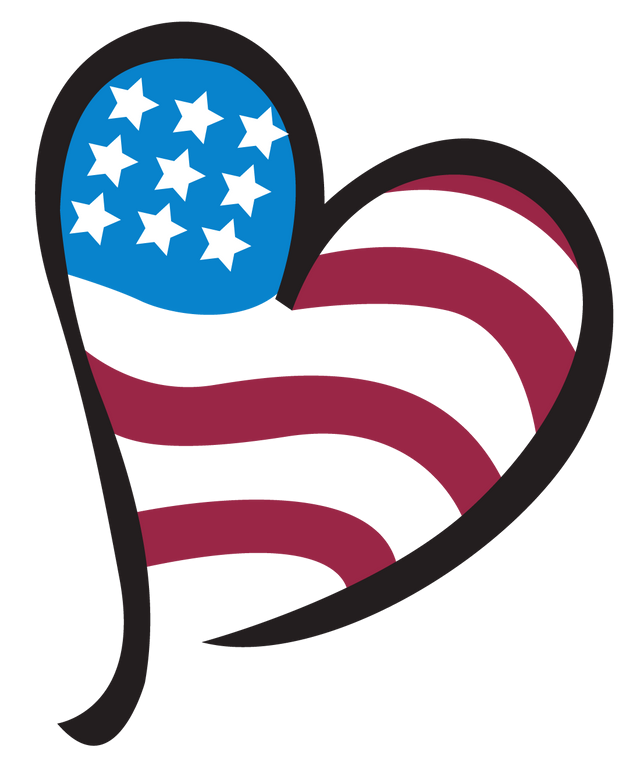The “Don'ts” of Charting

The “Don'ts” of Charting
- Don't chart a symptom, such as “c/o pain,” without also charting what you did about it.
- Don't alter a client's record...this is a criminal offense. Here are the four (4) don'ts or “red flags” of chart altering that are to be avoided:
- Don't add information at a later date without indicating that you did so.
- Don't date the entry so that it appears to have been written at an earlier time.
- Don't add inaccurate information.
- Don't destroy records.
- Don't use shorthand or abbreviations that aren't widely accepted or at least not accepted in your facility. If you can't remember the acceptable abbreviation, then write out the term. American Home Health abbreviations are included in the client's procedure manual in the home
of all private duty clients. - Don't write vague descriptions, such as “drainage on bed” or “a large amount.”
- Don't give excuses, such as “Medicines not given because not available.”
- Don't chart what someone else said, heard, felt, or smelled unless the information is critical. In that case, use quotations and give credit to the individual who said or experienced it.
- Don't chart your opinions.
- Don't use language that suggests a negative attitude towards your client such as the words stubborn, drunk, weird, looney or nasty.
- Don't be wishy-washy. Avoid using vague terms like “appears to be” or “apparently” which make it seem as though you are not sure what you are describing or doing.
- Don't chart ahead of time...something may happen and you may be unable to actually give the care that you've charted. And that goes for charting care given by others… don't do it.
- Notes filled with misspelled words and incorrect grammar are as bad as those done in illegible handwriting. Information may be misunderstood if such notes end up in a court room.
- Don't record staffing problems.
- Don't record staff conflicts.
- Don't document casual conversations with your colleagues.
Charting care that you haven't done is considered fraud.
Here are a few other noteworthy “Don'ts”
- Don't use whiteout or an eraser…if you make a mistake, draw a single line through the entry and write “mistaken entry” rather than “error.” The word error could seem to indicate that a mistake in care, not documentation, was made. Write in the correct entry as close to the mistaken entry as possible and sign with your first initial, last name and title. Writing “oops,” “oh no” or “sorry” or drawing a happy or sad face anywhere on a record is also unprofessional and inappropriate.
- No empty lines or spaces… fill in the empty line or space with a single line to prevent charting by someone else
- No writing in the margins.
- No mention of any incident or accident report in the medical record… document only the facts of an incident and never write the words “incident report” or indicate that you have filed one.
- Don't use words associated with errors or ones that suggest that the client's safety was in danger such as: “by mistake,” “accidentally,” “unintentionally,” “miscalculated,” “confusing.”
- Don't name a second client. This violates that client's confidentiality. If you have to refer to a second client, do so by using the word “roommate” or the room number.

call for support
(630) 236-3501Email Us
[email protected]Available Time
8 A.M - 4:30 P.M. (Mon–Fri)Copyright © 2026 - American Home Health Care. All right reserved.
Powered By: Aguilera Web Design